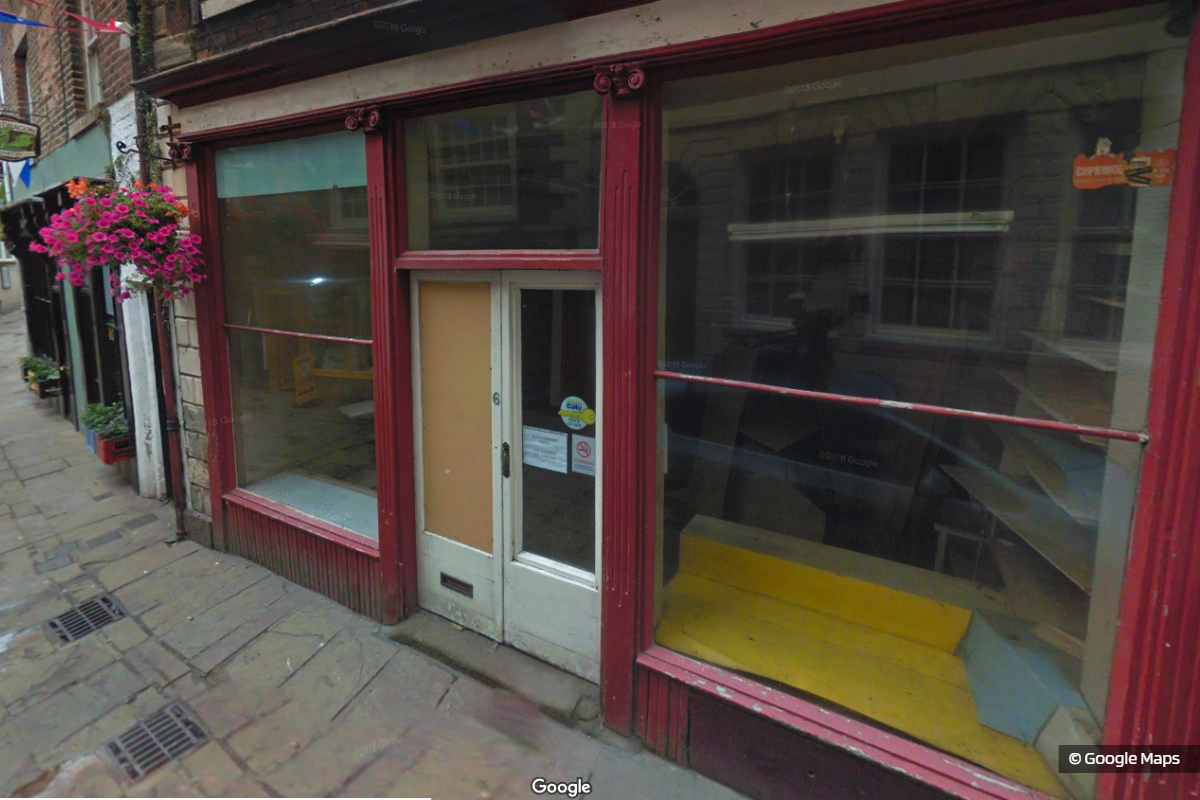
With the ceasefire now in effect, it hopes to bring an end to the most destructive chapter in the almost 77 year-long conflict between Israelis and Palestinians.
Gaza's Hamas-led government estimates that 14 in every 15 homes have been damaged, with five destroyed.
The destruction has left the Gaza Strip littered with an estimated 42 million tonnes of debris, the equivalent of 180 Wembley stadiums.
The UN estimates that 69% of buildings have been damaged, with one in four (24%) totally destroyed.
Satellite images from northern Gaza capture the extent of the destruction.
Less than one kilometre west of the Indonesian Hospital, one of North Gaza's main hospitals, entire residential neighbourhoods have been destroyed.
Alongside the destruction of physical infrastructure, tank trails, and sand fortifications indicate the current large-scale presence of the military in the north.
What does the future hold for Gaza?
The ceasefire came into force on Sunday morning after a delay. Under the terms of the deal, Israeli forces will be required to withdraw from their current positions to within 700 metres of the Gaza border.
The most immediate consequence is likely to be a rush of Palestinians returning to their homes. An estimated 1.9 million Gaza residents have been displaced since the war began - 90% of the population.
Many of them are sheltering in vast tent cities along Gaza’s shoreline, following Israel's orders for them to flee to what it calls the Al Mawasi "humanitarian zone".
The largest displacement took place on the sixth day of the war, when Israel gave all residents of the northern half of Gaza just six hours to flee southwards.
The ceasefire agreement stipulates that residents will be permitted to return to the north from the seventh day of the ceasefire, Sunday 26 January.
Yet it is unclear if the region can cope with an influx of returnees, especially the area to the north of Gaza City.
An estimated 70% of buildings in this region have been damaged or destroyed, and there is currently only one operational hospital.
The ceasefire agreement anticipates a mass exodus of people returning to the north, requiring that half of all aid be sent there.
The agreement stipulates that 600 aid trucks must be allowed to enter Gaza every day - a nine-fold increase on the month to 13 January, which saw an average of just 67 trucks enter per day.
Many agencies have a backlog of trucks filled with humanitarian aid ready to be transported into Gaza, but the extent of the damage makes prioritising a challenge.
Damage to water and sanitation facilities, for example, is extensive. Before the war, 80% of water production came from groundwater wells - aid agencies estimate that only 8% of those wells in North Gaza are now accessible.
The only seawater desalination plant in the North, which was a key source of drinking water, was destroyed in the fighting.
Even if water sources can be repaired, the infrastructure distributing it has been badly damaged. According to the WASH Cluster, a group of aid agencies, damage to pipelines in Gaza means that 70% of water sent through them is currently leaking out.
Healthcare infrastructure is also heavily damaged. According to the World Health Organisation, half of Gaza's 36 hospitals are out of service. The other half are only partially functioning, a result of shortages of medical supplies, fuel and personnel.
While homes and infrastructure can be rebuilt, the lives lost in this devastating conflict will continue to weigh heavily on both Israeli and Palestinian society.
1,195 people were killed in the October 7 Hamas attack which sparked the war in 2023, according to Israeli authorities, including 815 civilians.
The Palestinian militant group and its allies took a further 251 people, including women and children, back to the Gaza Strip as hostages.
Israel responded with a devastating air and ground offensive that Palestinian authorities say has killed at least 46,788 people, and injured a further 110,453.
That means one in every 14 Palestinians in Gaza has been killed or wounded since the war began.
Those figures are from Gaza's health ministry, which is part of the territory's Hamas-led government.
They don't distinguish between civilians and combatants, but only around 41% of reported fatalities are military-age males - the rest being women, children and elderly people.
Health officials say 1,410 families have been "completely wiped out", and a further 3,463 left with one surviving member. At least 35,055 children have lost a parent.
The Data and Forensics team is a multi-skilled unit dedicated to providing transparent journalism from Sky News. We gather, analyse and visualise data to tell data-driven stories. We combine traditional reporting skills with advanced analysis of satellite images, social media and other open source information. Through multimedia storytelling we aim to better explain the world while also showing how our journalism is done.

(c) Sky News 2025: Ceasefire deal: Gaza faces huge task of rebuilding after mass destruction




 Hotel fire at ski resort in Turkey kills at least 76 people - four people arrested
Hotel fire at ski resort in Turkey kills at least 76 people - four people arrested
 Donald Trump to wrench US out of landmark Paris climate agreement - again
Donald Trump to wrench US out of landmark Paris climate agreement - again
 Eight killed in Israeli 'military operation' in area not covered by ceasefire
Eight killed in Israeli 'military operation' in area not covered by ceasefire
 Trump has everyone at the World Economic Forum in Davos guessing
Trump has everyone at the World Economic Forum in Davos guessing
 The climate rules Trump has ripped-up already
The climate rules Trump has ripped-up already
 'Mysterious balls' that washed up on Australian beaches contained faecal bacteria
'Mysterious balls' that washed up on Australian beaches contained faecal bacteria
 Australian broadcaster apologises to Novak Djokovic after 'has-been' comments
Australian broadcaster apologises to Novak Djokovic after 'has-been' comments
 Gazan girl, 3, who lost both legs under Israeli bombardment walks again after receiving treatment in US
Gazan girl, 3, who lost both legs under Israeli bombardment walks again after receiving treatment in US
 Ukrainian marines on war with Russia - amid concerns over Donald Trump's return to the White House
Ukrainian marines on war with Russia - amid concerns over Donald Trump's return to the White House











